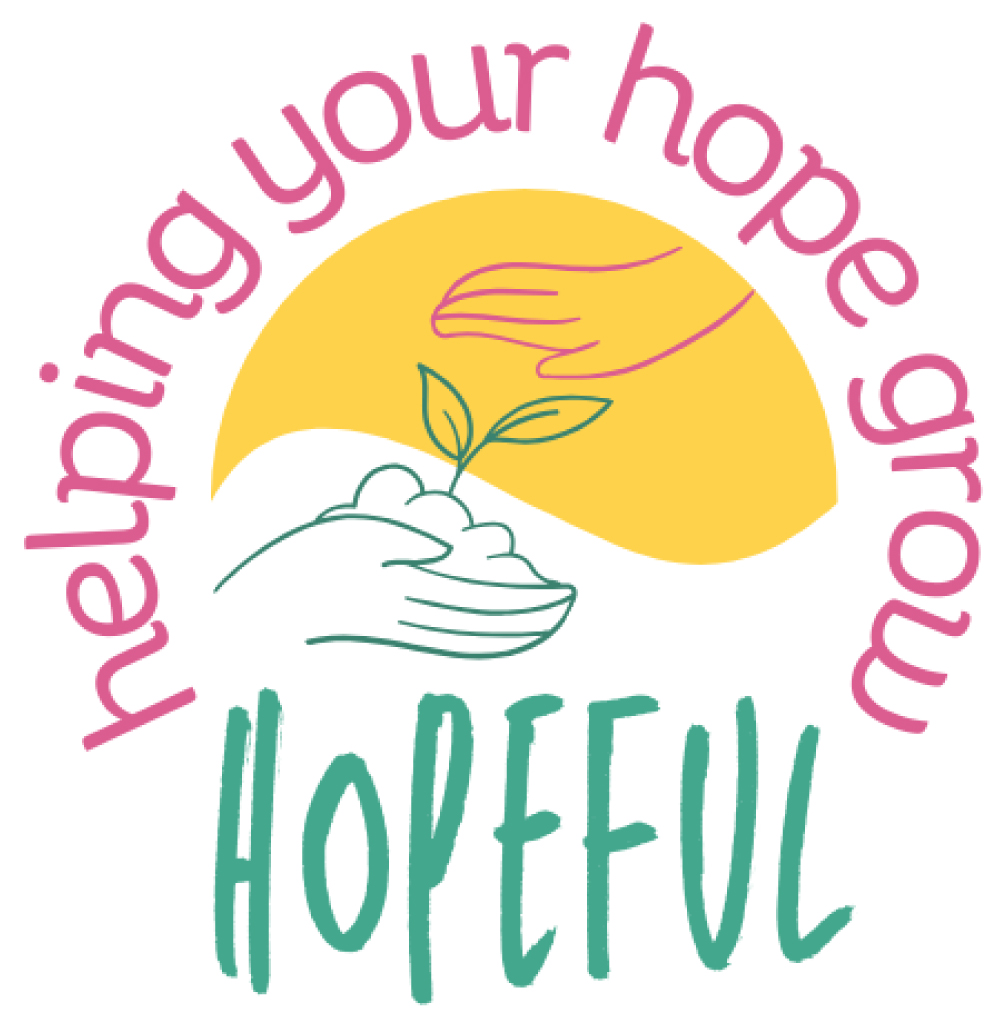The purpose of Module Three (My Values) is for the young person to:
- Think about what they would like their life and future to be about
- Identify their values
- Identify goals and activities linked to their values
Thinking and talking about the future self
It can be common for young people to initially find thinking about the future to be overwhelming or challenging, especially if they have low mood or depression. Some young people may prefer to skip past the future self activity (Module 3, My Values) and complete the values-based activities instead.
Writing about the idea of a future self, perhaps it shouldn’t be presented as an ideal self. Maybe presenting it more as things you could do in the future and things that you could work on to make yourself feel more fulfilled – rather than being an “ideal” version of yourself. Make it more like, “I want to have like loads of friends and be able to be successful in other types of things”, that are a little bit more easy to figure out than like what job you want to have for the rest of your life. For some people, the idea of the future is quite stressful. You could do more like, “Do you want to dye your hair?”, “Do you want to have loads of tattoos?”, “Do you want to dress really fancy?”, that kind of thing. Putting them in a way of thinking about your future and who you want to be isn’t a bad thing, it can be a fun enjoyable activity, rather than stressful.
If a young person wants to do a future self activity, you can help by emphasising that they don’t need to think about the ideal future. Also, their ideas about a positive future might change quite a lot over time anyway. Encourage them first to focus on small details, for example, what might they wear and what colour would their walls be? You could offer ideas in an open and relaxed fashion, without communicating any judgement about what sort of future they should want. You could make funny or silly suggestions – this still might help young people to clarify what they might like their future to be.
Identifying values
If young people struggle to identify values, the following exercises might help:
- remind them to think about their character strengths or take the VIA Strengths Inventory (Module 1, About Me) if they haven’t already (some people call character strengths “values in action”)
- encourage them to think about people they admire (real people or characters from films or TV) and why they admire them – what is it that these people signify that the young person likes? why?
- encourage them to think of a time in their life in which they felt really frustrated by a person or a situation – then ask them to identify any principles that are important to them that were being overlooked or restricted
- encourage them to think of a time in their life in which they felt really at peace or happy – then ask them to identify any principles that were important to them that may have been in place at that time
Values-relevant activity
Values-relevant activities do not need to be big or time-consuming, especially to begin with. It’s important to start with something manageable as this will help to build motivation and confidence. Emphasise to the young person that authentically living in line with values really is about the power of small actions taken every day.
It may be that the young person has already been choosing to do values-relevant activities, e.g., in Modules 1 or 2. Remember that some people call character strengths “values in action”. It might be helpful to talk about to what extent they think they already do values-relevant activities. If they do, there is still room to build upon this, e.g., to increase the time they spend doing them or do more challenging versions of these activities.
Additional Module Resources
|
Resource |
Use |
Location |
|
VIA Institute on Character |
Information about values in action (character strengths), including real-life example video stories |
